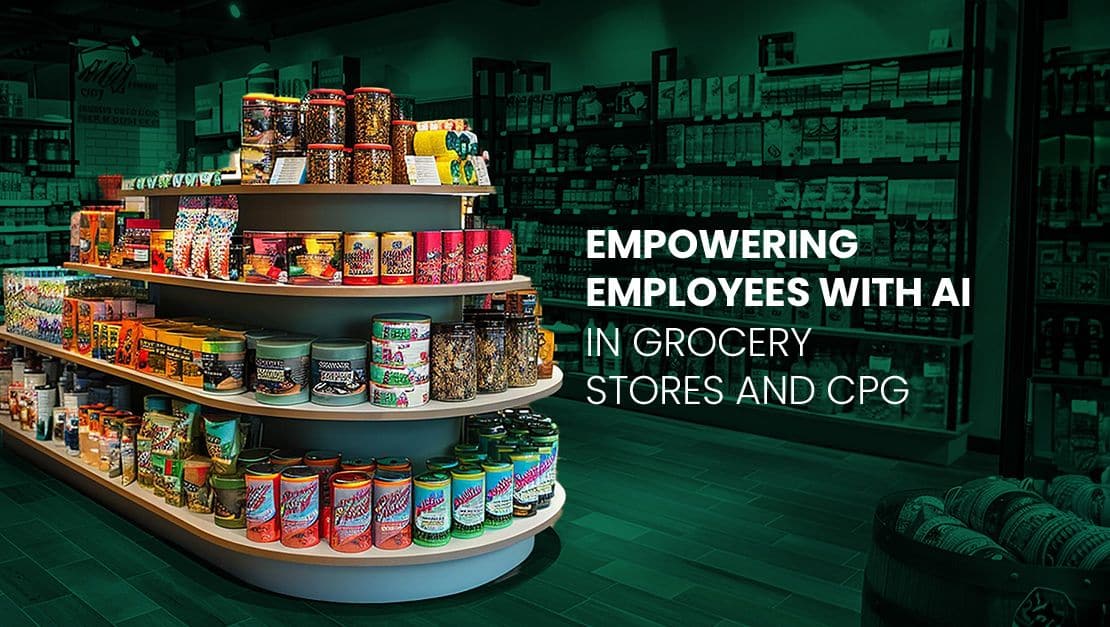Let’s face it– humans can’t live without food. The food industry is non-negotiable, as are its measures to ensure that food safety is maintained to protect the health of consumers worldwide. To accomplish this, there are many facets of food safety monitoring that must be meticulously overseen.
We’re going to reveal all there is to know about food safety monitoring and its best practices.
What is Food Safety Monitoring?
Food safety monitoring is the processes and mechanisms that are put in place to check and ensure that food safety hazards are under control and that food safety compliance is being maintained. Regulated by both laws and certification programs, the measures are widely known and of paramount importance for all companies working in the food industry.
The value of food safety monitoring cannot be overstated. In the United States, 1 in 6 people, or 48 million, get sick from a foodborne illness, 3,000 people die per year, and 128,000 are hospitalized, as per the Center for Disease Control and Prevention (CDC). While food safety monitoring cannot completely prevent every case of illness that arises, it plays a huge role in minimizing negative outcomes and upholding safety standards.

Key Components of Food Safety Monitoring
Every company has their own fair share of food safety monitoring checklists, systems, and technologies in place to assist. Despite the nuances, there are key components of food safety monitoring that exists across the board, including:
Hazard Analysis and Critical Control Point (HACCP)
Hazard analysis and critical control point (HACCP) is a management system that addresses food safety that aims to identify and control potential issues before they arise. It analyzes chemical, physical, and biological hazards at every step of the food process, from raw production through to distribution and consumption.
It is recommended that companies develop and implement their own HACCP plan and review it constantly to ensure proper monitoring and record-keeping. To establish a clear plan, these steps are required:
- Create an HACCP team
- Define products for which the HACCP plan will be developed and used
- Identify consumers
- Map the process with a flow diagram
- Validate the completeness of the flow diagram
- Conduct hazard analysis (a review of biological, physical, and chemical contaminants)
- Perform qualitative and quantitative hazard analysis
- Identify failures or flaws – failure mode and effects analysis (FMEA)
- Identify hazards and controls – hazard and operability study (HAZOP)
- Determine critical points (CCPs)
- Establish critical limits for the CCPs
- Define monitoring procedures
- Apply corrective actions
- Conduct audits to ensure the HACCP plan is properly implemented
- Maintain up-to-date records
As you can see, there are many steps involved, and this is just a rough outline of what they are without diving into the nitty gritty details. With all the moving parts, it’s helpful to use digital tools and checklists to keep up-to-date records and streamline your processes. For example, aiOla’s speech-enabled AI technology can digitize your food safety monitoring practices so that employees can speak through tasks and capture critical data rather than having to rely on manual data entry and paper-based trails.
Microbiological Testing
To guarantee food’s quality, microbiological testing must take place to identify any potential pathogens that could threaten consumers’ health. These tests typically involve collecting a food sample from food processing facilities. Then, the lab conducts tests to identify any dangerous pathogens, like Listeria or E. coli, for example. The lab checks microbial enumeration, or the overall microbial load to determine if the food is safe to continue to be processed. With their chosen method of analysis, the lab will quantify the bacterial load and provide its results in a detailed report.
Microbiological testing is a must-do as it protects public health. Additionally, food producers have to comply with regulations, and when issues do arise, it could result in damaging consequences like recalls or legal outcomes. Last but not least, a brand is at risk of negatively impacting its reputation should it be faced with consistent recalls or food quality issues.
Chemical Testing
Chemical testing is performed to make sure that certain chemical by-products are not in food, such as cleaning agents or adulterants.
Chemical tests include:
- Chemical property tests to determine acidity levels
- Trace element or contamination detection
- Food safety testing for sanitizing agents
- Pesticide residues
Another type of chemical testing that is less obvious is analysis of foods to understand chemical composition; however, the purpose of this is for food labeling.
Physical Contaminant Detection
As the name implies, physical testing is conducted to check for any dirt, contaminants, insects, or sharp objects in food. To accomplish this, companies may use metal detectors or x-rays, as well as sifters or visual observation.
Allergen Management
Food allergens are proteins that trigger responses in people who have a sensitivity or allergy. For those working in the food industry, it’s critical to understand what common food allergens are and make it clear that they may exist or be manufactured in the same facility so that consumers are aware.
Common food allergens include: eggs, fish, milk, soy, tree nuts, mustard, celery, gluten, etc.
Additional Considerations for Food Safety Monitoring
Along with the various types of testing and analysis mentioned above, food safety monitoring also must consider temperature monitoring and supplier monitoring.
- Food Temperature Monitoring: For each type of food, there is an ideal temperature for its storage, transportation, and consumption. Improper food temperature storage is not only a risk to public health, but it also poses a financial risk to businesses as it results in waste.
- Supplier Monitoring: Food companies must also be aware of their suppliers in order to make sure that they are adhering to standards and regulations. This way, companies can work with reputable vendors and reduce their amounts of risk and recalls.
The Role of Data in Food Safety Monitoring
Food safety monitoring is made up of endless data, from information collection to analysis to reporting and everything in between. By relying on the manual collection and transport of information, food companies are exposing themselves to risks, including manual errors, delays, and outdated reports.
With data-driven solutions and AI-powered tools, food safety monitoring can be streamlined and optimized. Digitally collected data is accessible, accurate, and available for analysis and representation. This way, companies and stakeholders can make agile decisions that work in the best interest of the business and its consumers. Since food safety management that is automatically collected doesn’t rely on manual data entry, employees can continue their workflows without interruption and work more efficiently to complete their task lists.

The Bottom Line
Food safety monitoring is critical for those operating in the food industry. In order to protect public health, brand reputation, and compliance, it’s imperative to have clear food safety monitoring processes and procedures in place. With the aid of digital solutions and speech-enabled technologies, companies within the food industry can capture data accurately, streamline workflows, and collaborate effectively.








